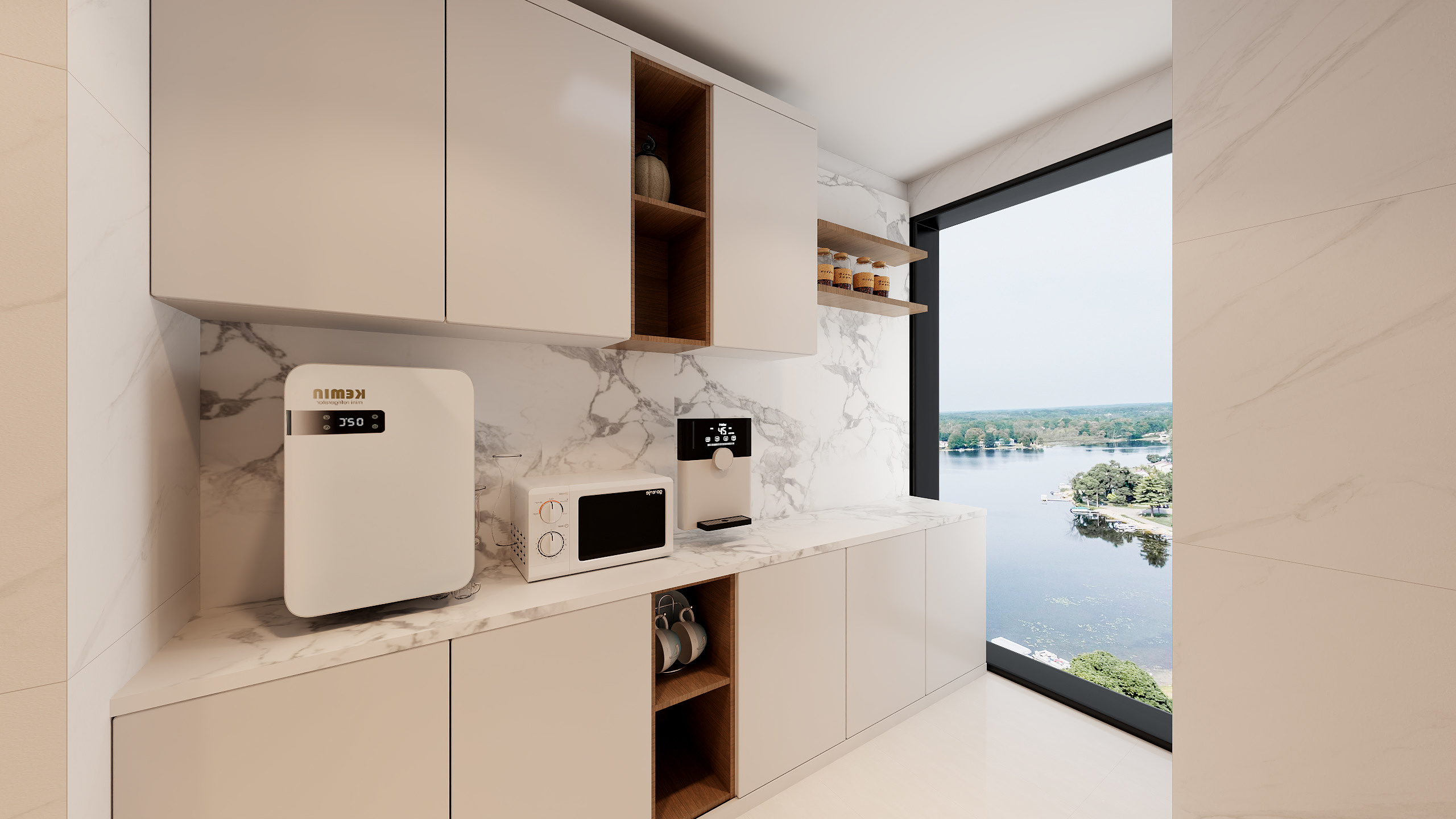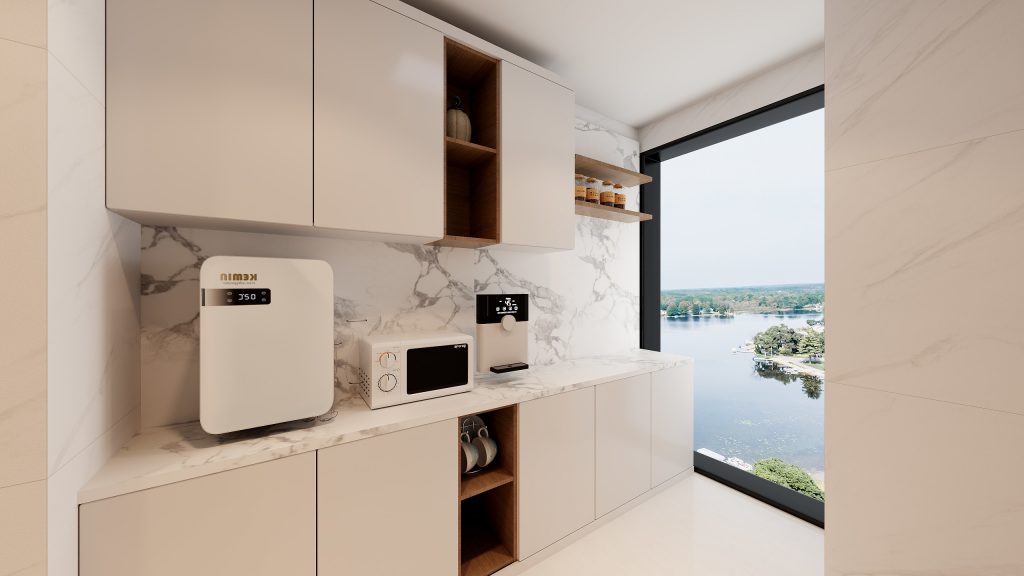For enterprises, the location of the office directly affects the image of the company. However, in New Zealand, a place where every inch of land is precious, some startups may have to control their expenses for various reasons, resulting in office environments that may not meet expectations. The emergence of shared offices provides a new option for enterprises to work in. Let’s take a look at the target audience of shared office spaces and their differences from traditional offices.

Analysis of Audience Groups for Shared Office Spaces
Shared office not only provides flexible office solutions, but also offers more resource sharing and professional services for major enterprises. Its target audience mainly includes the following categories:
- Start up companies
For startups, funds are often limited, team sizes are small, and the high rent and long-term lease contracts of traditional offices can cause a burden on the company. Choosing a shared office has the following advantages:
(1) Flexible leasing methods, comprehensive infrastructure, and a strong entrepreneurial atmosphere provide a starting platform for enterprises.
(2) Without having to bear high rent and decoration costs, startups can enjoy modern office facilities and professional services, allowing them to enter the market with ease.
- Freelancers
For freelancers, the pursuit is a perfect balance between work and life, and they are more eager to inspire in a comfortable environment. Shared office provides the following advantages:
(1) It provides convenient facilities such as high-speed internet, printing and copying, and creates a strong creative atmosphere.
(2) You can meet elites from all walks of life, exchange ideas, broaden your horizons, and make work no longer lonely.
- Small businesses
Small businesses do not require large fixed office spaces, so the flexibility and efficiency of shared office spaces are catalysts for accelerating business growth.
(1) By sharing public resources such as meeting rooms and rest areas, small businesses can reduce operating costs.
(2) Participate in various salons, lectures, and other activities to expand your network and obtain market information.
- Remote workers
With the popularization of remote work, more and more professionals choose to work from home or in their favorite places. However, long-term solitude may also lead to social loss. Therefore, choosing a shared workspace can provide the following conveniences:
(1) You can work with like-minded people and enjoy the fun of teamwork.
(2) Always maintain a professional working state and achieve a harmonious unity between work and life.
- Creative workers and artists
Creative workers and artists not only need an office space, but also a platform that can stimulate creativity and promote collaboration, and a shared office is such a place.
(1) Creative workers: Shared office spaces often have a strong sense of design and a relaxed and free atmosphere, providing an excellent creative incubation environment for creative talents. Communicating with different creative people can also stimulate creative inspiration and promote project innovation.
(2) Artists: Shared spaces regularly hold exhibitions, lectures, and other activities to provide opportunities for artists to showcase their talents and promote the integration and development of art and commerce.
What is the difference between shared office space and traditional office
The differences between shared office space and traditional office mainly include the following points:
Cost
(1) In the traditional mode, enterprises need to bear a series of rigid costs such as fixed rent, property fees, water and electricity fees. This limits the budget flexibility of enterprises and may also result in resource waste.
(2) The cost structure of shared office space is relatively flexible, and enterprises can adjust the rental area and equipment quantity according to actual needs to avoid resource idle and waste.
Space utilization
(1) The space allocation in traditional offices is often relatively fixed, with each employee assigned to a specific small space, making it difficult to achieve maximum space utilization.
(2) Shared office space provides a more open and flexible workspace, where employees can freely choose their work area. Whether it’s a quiet corner or a lively open area, they can find a work environment that suits them.
Rental flexibility
(1) Traditional office leases are usually longer, and once a lease agreement is signed, companies often have to bear long-term rental payment obligations, making it difficult to make timely adjustments based on market changes and business adjustments.
(2) The flexibility of shared offices is relatively high, and companies can negotiate the rental area and duration with office rental platforms at any time according to their own needs, without worrying about the constraints of long-term leases.
Atmosphere and Service
(1) The atmosphere of traditional offices is relatively fixed, and there may be barriers between employees due to a lack of communication. In addition, services need to be arranged by the enterprise itself, such as cleaning, security, etc., which increases the difficulty and cost of enterprise management.
(2) Shared offices can create an open, inclusive, and innovative work environment for businesses, providing modern facilities and services. They also frequently host various social events, providing a platform for businesses to expand their network.
In New Zealand and other regions, by browsing shared offices, you can choose your desired office environment and enjoy a more diverse range of office spaces at a low price and with flexible leasing options. Office rental leads enterprises towards a more efficient, innovative, and sustainable development path with its unique charm.

